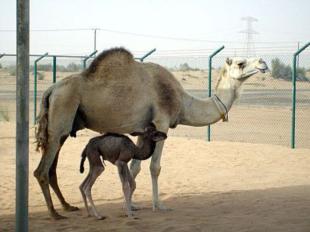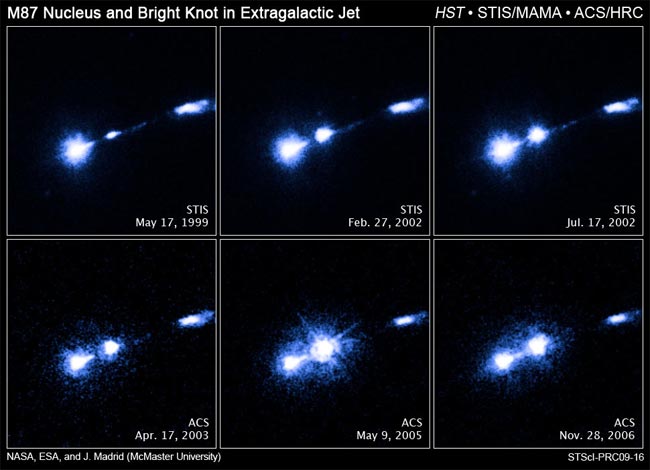
© Walt Feimer, NASA's Goddard Spaceflight CenterThis artist's animation depicts STEREO's COR1 imager capturing a coronal mass ejection as it erupts from the sun and speeds toward Earth.
Twin NASA spacecraft have provided scientists with their first view of the speed, trajectory, and three-dimensional shape of powerful explosions from the sun known as coronal mass ejections, or CMEs. This new capability will dramatically enhance scientists' ability to predict if and how these solar tsunamis could affect Earth.
When directed toward our planet, these ejections can be breathtakingly beautiful and yet potentially cause damaging effects worldwide. The brightly colored phenomena known as auroras -- more commonly called Northern or Southern Lights -- are examples of Earth's upper atmosphere harmlessly being disturbed by a CME. However, ejections can produce a form of solar cosmic rays that can be hazardous to spacecraft, astronauts and technology on Earth.
Space weather produces disturbances in electromagnetic fields on Earth that can induce extreme currents in wires, disrupting power lines and causing wide-spread blackouts. These sun storms can interfere with communications between ground controllers and satellites and with airplane pilots flying near Earth's poles. Radio noise from the storm also can disrupt cell phone service. Space weather has been recognized as causing problems with new technology since the invention of the telegraph in the 19th century.
NASA's twin Solar Terrestrial Relations Observatory, or STEREO, spacecraft are providing the unique scientific tool to study these ejections as never before. Launched in October 2006, STEREO's nearly identical observatories can make simultaneous observations of these ejections of plasma and magnetic energy that originate from the sun's outer atmosphere, or corona. The spacecraft are stationed at different vantage points. One leads Earth in its orbit around the sun, while the other trails the planet.


